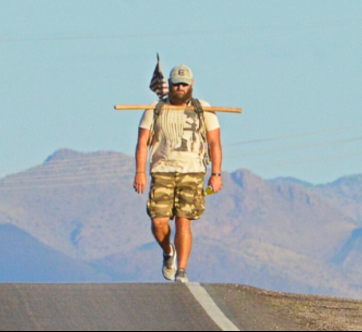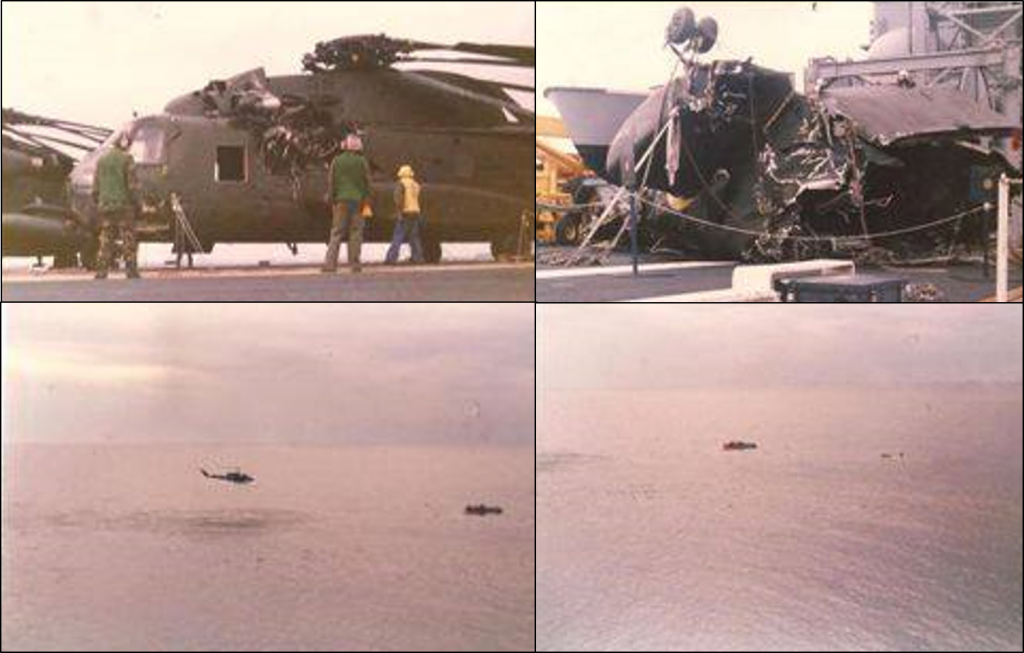
MAJOR MIKE ETTORE, USMC (RET): the Leftwich Trophy recipient and CEO of the Fidelis Leadership Group talks… LEADERSHIP
Podcast: Play in new window | Download

Podcast: Play in new window | Download

Larry Hinkle
Sgt, USMC
Veteran
Larry Hinkle was a Sgt of Amtrack Marines, he joins us to answer our questions relative to yesterday’s AAV fire at Camp Pendleton.
Fires in the crew compartment of an AAV are something that are extremely rare, we’ll talk about how a fire might occur and the measures the AAV crew would take to mitigate any fire in or on the vehicle.
Podcast: Play in new window | Download

Carl Forsling
Maj USMC (ret)
Carl Forsling is a retire Marine Osprey pilot , businessman and a writer for the website Task & Purpose. He joined the program to talk about his article that won the Marine Corp Gazette’s 2016 Kiser Family Irregular Warfare Essay Contest with his entry entitled: Investing in Marines: Getting the Best Return.
Carl also discusses how a MV-22 Osprey executes a controlled water landing.
Podcast: Play in new window | Download
During the program Mike Musselman and I were talking about this exact incident whichI witnessed while the Executive Officer of the Marine Detachment aboard the USS Ranger, CV-61 in 1987. Rob Schwarz, LtCol USMC (ret)… aka “Montana Man” sent me this link.
It’s an amazing piece of flying by a ballsy pilot.

One thing that your guest stated was talking about the egress points of the MV-22, I would say that knowing your egress points are only moderately important since there is no saying that the bird will be in only one piece. People who have never been in a crash are only providing a second hand opinion, I say this because I have first hand experience in this.
We crashed Aug 29th, 1986.
The helo we were in broke into 5 pieces after we hit another helo on the flight deck, we had crossed into the Arctic Circle earlier that day and the water temperature was 42degrees. It is a tragedy to lose any Marine, to have only lost 3 out of 26 is truly a miracle. We lost 8 out of 21 on our crash…..
The Corps needs to do a much better job of preparing our Marines for these type of crashes.
Semper Fi

Josh Brooks, CDR USN (ret)
Josh Brooks, CDR USN (ret), a career Surface Warfare Officer joins us to explain in detail:
(1) How is an American warship configured to operate on a 24-hour cycle at sea?
(2) How the “Navigation Watch” is setup?
(3) What goes on in the ship’s CIC (Combat Information Center = USMC COC) vs “the Bridge”?
(4) The challenge of doing damage control after any accident on a vessel at sea.
Josh does at GREAT job explaining how a US Naval Warship operates on a 24 hour basis while out sea. He also does a great job explaining the immediate actions
Podcast: Play in new window | Download